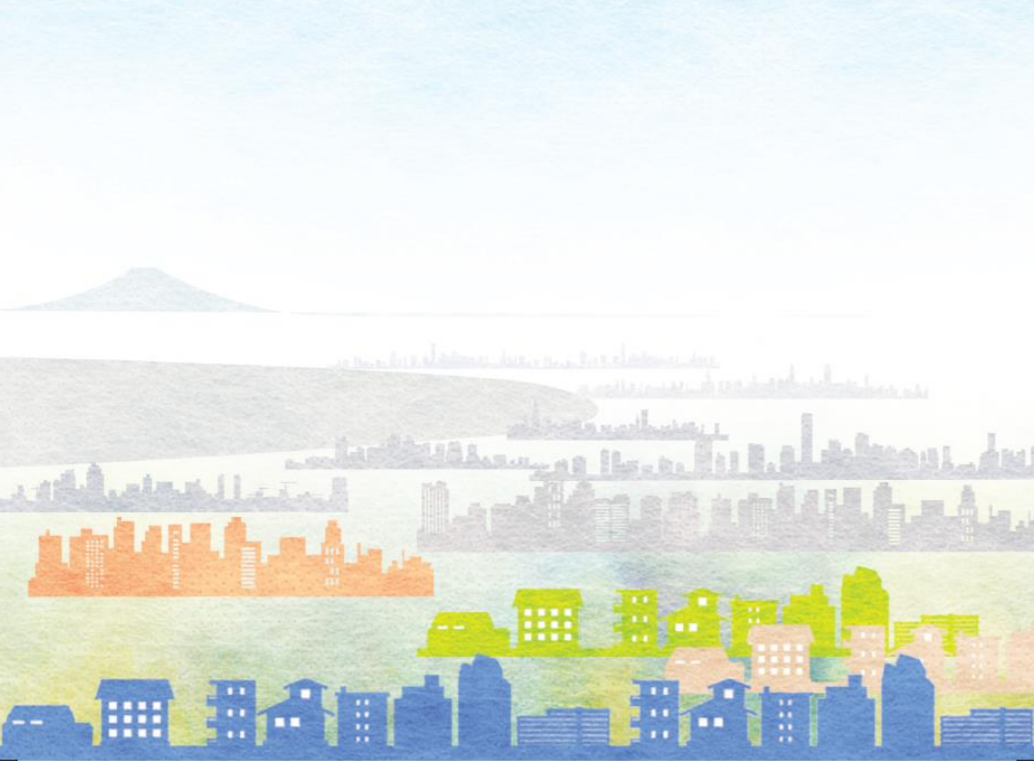Special Fixed-Sum Cash Benefits (continued)
The projected cost of the special fixed-sum cash benefits (uniformly 100,000 yen per person) implemented as part of the “Emergency Economic Measures to Cope with the Novel Coronavirus (COVID-19)”, is 12,734,414 million yen (i.e. about 12.73 trillion yen). (See Note 1).
Assuming that the tax revenue is 1% of the consumption tax rate (national / local) under the reduced tax rate system is about 2.1 trillion yen (See Note 2), the budget total of the special fixed-sum cash benefits is equivalent to the consumption tax rate of 6 (12.73 ÷ 2.1) %. It will be a budget amount that can lead to a reduction of the consumption tax. The special fixed-sum cash benefits of 12.73 trillion yen and the consumption tax reduction of 12.73 trillion yen (with a tax rate of 6%) are the same in terms of universalist policies that do not limit specific individuals or households. However, the special fixed-sum cash benefits of 12.73 trillion yen without the consumption tax reduction, and the consumption tax reduction of 12.73 trillion yen (with a tax rate of 6%), involve different legislative measures, different speeds of policy implementation and different administrative costs, and different beneficiaries, and this implies different types of a consumption tax system.
If we assume that the consumption tax rate is a uniform 10% and the basic consumption is 1 million yen per person per year, providing a fixed-sum cash benefit of 100,000 yen means that the consumption tax amount related to the basic consumption will be refunded uniformly. The refund amount is 100,000 yen (10%×1 million yen).
In other words, tax payment = tax rate × (annual consumption−basic consumption) = (tax rate × annual consumption) − (tax rate × basic consumption) = consumption tax paid−fixed-sum benefit; so if you consider the proportional consumption tax and the fixed-sum benefit as a set, the set will be a “progressive” consumption (value-added) tax system. “Progressive” means that the higher the annual consumption, the higher the average consumption tax rate (consumption tax payment amount ÷ annual consumption). (See Note 3).
In this regard, since the fixed-sum cash benefit is a negative poll tax, it is possible to present the “progressive value-added tax”, which is a combination of VAT (value added tax) and a negative poll tax, as a new expenditure tax. (See Note 4).
On the other hand, the consumption tax reduction of 6% is a proportional consumption tax (VAT) of 4%. Therefore, it is possible that there is a difference in the consumption tax system between providing a fixed-sum cash benefit of 100,000 yen and having a consumption tax reduction of 6%.
Since this special fixed-sum benefit is a temporary measure, it cannot be considered as a progressive consumption tax system unless it is continued from next year onward. Therefore, we may examine whether we should continue the fixed-sum cash benefit in some way from next year onward, and after the coronavirus crisis has settled down, whether we should consider the redemption of financial resources regarding public bonds for the emergency economic measures like as the reconstruction tax for the Great East Japan Earthquake.
(Note 1) Ministry of Internal Affairs and Communications, “The Special Fixed-Sum Cash Benefits (in Japanese)”.
https://www.soumu.go.jp/menu_seisaku/gyoumukanri_sonota/covid-19/kyufukin.html
<Accessed on May 18, 2020>
(Note 2) “Under the reduced tax rate system, the consumption tax rate increase of 1% is expected to be about 2.04 (or 2.23) trillion yen.” (Y. Baba et al., Consideration on Public Finance in Japan (in Japanese), Tokyo: Yuhikaku, 2017, p.51)
Therefore, we assume that the tax revenue with a consumption tax rate of 1% is about 2.1 trillion yen. However, this tax revenue forecast will depend on the final consumption expenditure of the national accounts, so it will be significantly reduced due to the coronavirus pandemic.
(Note 3) “Progressive” in the term “progressive income tax” means that the higher the annual income is, the higher is the average income tax rate. The difference between a progressive income tax and a progressive consumption tax is whether an individual’s ability to pay (economic power) is considered in terms of income or consumption. Generally, it is said that the consumption tax is regressive because the higher the income is, the lower the ratio of the consumption tax payment to the income, and the regressive effect on income distribution. See H. Kato and A. Yokoyama, Tax System and Tax Politics: How Tax Reform Should Be Done (in Japanese), Tokyo: The Yomiuri Shimbun, 1995, pp. 217-218.
(Note 4) See A. Yokoyama, “Examining a New Expenditure Tax System (in Japanese),” Sozei-Kenkyu (Studies on Taxation), No. 535, pp4-12; A. Yokoyama et al., Modern Public Finance (in Japanese), Tokyo: Yuhikaku, 2009, p.271.
This essay is the English version of No. 147, May 19, 2020 on the Japanese website.
(Author: Akira Yokoyama)
